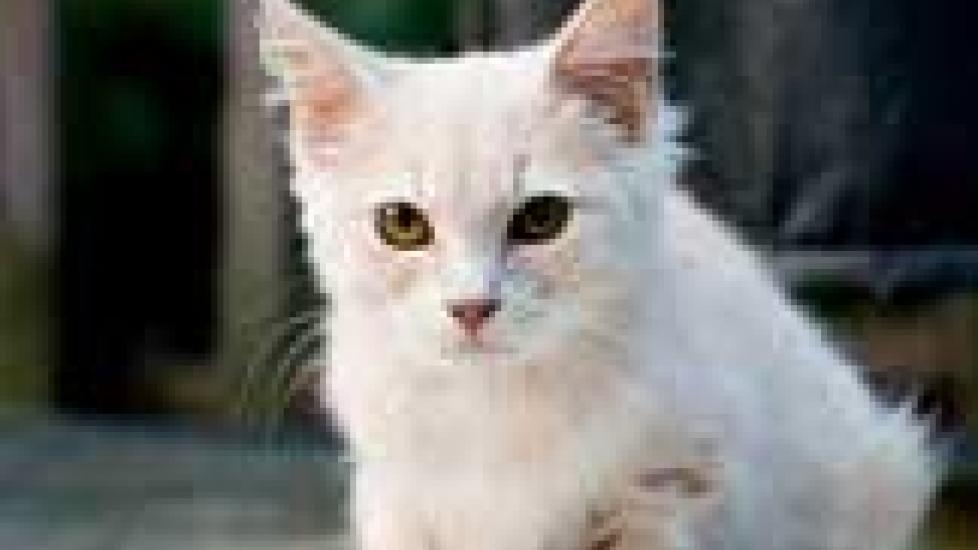Nutrition's Role in Hepatic Lipidosis
Regular readers may feel like I harp on the benefits of good nutrition, but I really do believe that feeding an appropriate amount of a high-quality food is one of the best, simplest, and, in the end, least expensive ways that owners can promote their cats’ health and longevity.
That said, there are times when we simply want a cat to eat something … anything … please! One of those times is when we are trying to prevent and/or treat a disease known as hepatic lipidosis.
What is Hepatic Lipidosis?
When a cat stops eating for whatever reason — illness, lack of access to food, etc. — the body responds by mobilizing its fat reserves and sending them to the liver where they can be broken down and utilized for energy. When this happens in a controlled manner, all goes well. However, when large amounts of fat are mobilized quickly the liver becomes overwhelmed by the amount of fat that is being deposited there and the organ stops functioning normally. Cats that are suffering from hepatic lipidosis are sometimes said to have a "fatty liver."
Diagnosing Hepatic Lipidosis
The symptoms associated with hepatic lipidosis are similar to those seen with almost any type of liver disease and can include:
- yellow discoloration of the whites of the eyes and other tissues
- vomiting
- diarrhea or constipation
- dark urine
- abnormal bleeding or bruising
- weakness
- weight loss
A veterinarian may suspect that a cat is suffering from hepatic lipidosis based on its history (fat cats are at highest risk), physical exam, and basic blood work that indicates liver dysfunction (elevated bilirubin levels and disproportionately high levels of alkaline phosphatase raise my index of suspicion), but a definitive diagnosis often requires an abdominal ultrasound, and sometimes liver aspirates or biopsies.
Treatment, Prognosis, and Prevention of Hepatic Lipidosis
Poor liver function causes cats to feel bad and not want to eat, so a self-perpetuation cycle of reduced food intake, worsening liver disease, and an even poorer appetite can quickly develop. Treatment for hepatic lipidosis is straightforward — feed the cat — but this is often easier said than done.
If you can find an especially palatable food that a cat will eat on its own, fantastic, but by the time most cats are brought in to the veterinarian for diagnosis they are past the point where they will consider taking in anything by mouth. Force-feeding can be successful in some cases, but surgically placing a feeding tube through the pharynx, esophagus, or stomach is usually the best option. Some owners balk at this recommendation, but these surgical procedures are quick and simple to perform. Since supplemental feeding may have to continue for months, it is often easiest to go down this road right from the start.
Whichever course you choose, food needs to be reintroduced gradually over several days. Additional treatment may include fluid therapy, vitamin and other nutritional supplements, medications to protect the liver, and blood transfusions in severe cases.
Unless irreversible liver damage has occurred, or a cat is suffering from an underlying medical problem that cannot be adequately addressed, most patients that receive appropriate treatment can survive a bout of hepatic lipidosis. Cats may not begin to eat on their own for weeks or even months, but with a dedicated owner they will usually do so eventually and never look back. Of course, avoiding hepatic lipidosis in the first place is the best option. Make an appointment with your veterinarian if your cat stops taking in normal amounts of food for more than a few days, especially if he is overweight.

Dr. Jennifer Coates
Image: The Tawny Cat III by Brian Leon / via Flickr
